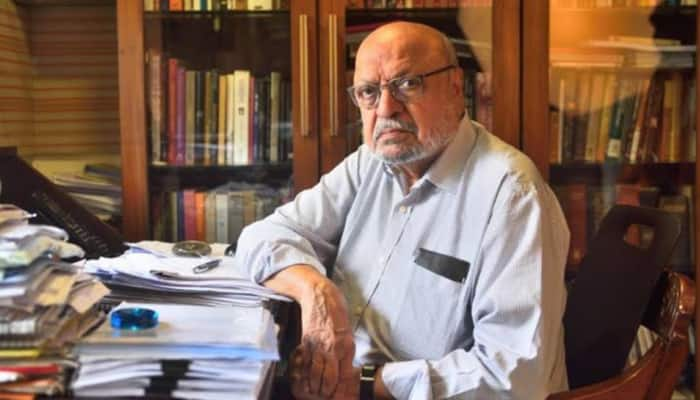Astronomers use ESO telescope to capture photo of extremely rare 'space butterfly'
A team of astronomers have used the European Southern Observatory’s (ESO) Very Large Telescope (VLT) to capture a stunning photo of NGC 2899 - a bubble of gas that looks like a butterfly. The photo is significant because the bubble has never been captured by astronomers in the past.
- A team of astronomers have used the European Southern Observatory’s (ESO) Very Large Telescope (VLT) to capture a stunning photo of NGC 2899 - a bubble of gas that looks like a butterfly.
- The photo is significant because the bubble has never been captured by astronomers in the past.
- Resembling a butterfly with its symmetrical structure, beautiful colours, and intricate patterns, this striking bubble of gas, NGC 2899, appears to float and flutter across the sky in this new picture from our VLT, the ESO tweeted.
Trending Photos
) Picture: Twitter/@ESO
Picture: Twitter/@ESO A team of astronomers have used the European Southern Observatory’s (ESO) Very Large Telescope (VLT) to capture a stunning photo of NGC 2899 - a bubble of gas that looks like a butterfly. The photo is significant because the bubble has never been captured by astronomers in the past.
"Resembling a butterfly with its symmetrical structure, beautiful colours, and intricate patterns, this striking bubble of gas, NGC 2899, appears to float and flutter across the sky in this new picture from our VLT," the ESO tweeted.
Resembling a butterfly with its symmetrical structure, beautiful colours, and intricate patterns, this striking bubble of gas, NGC 2899, appears to float and flutter across the sky in this new picture from our VLT.
Credit: @ESOhttps://t.co/IseDOa6YRe pic.twitter.com/gPpSBa2N9y — ESO (@ESO) July 30, 2020
According to astronomers, the space butterfly is located between 3000 and 6500 light-years away, in the Southern constellation of Vela, which is also called as The Sails. The temperature of this gas bubble can go up to 10,000 degrees.
"The high temperatures are due to the large amount of radiation from the nebula’s parent star, which causes the hydrogen gas in the nebula to glow in a reddish halo around the oxygen gas, in blue," the ESO said.
"After one star reached the end of its life and cast off its outer layers, the other star now interferes with the flow of gas, forming the two-lobed shape seen here," added the ESO.
The 'space butterfly' phenomenon was captured by the VLT in Chile and the photo has now gone viral on social media.
Stay informed on all the latest news, real-time breaking news updates, and follow all the important headlines in india news and world News on Zee News.
Live Tv







)
)
)
)
)
)
)
)
)
)
